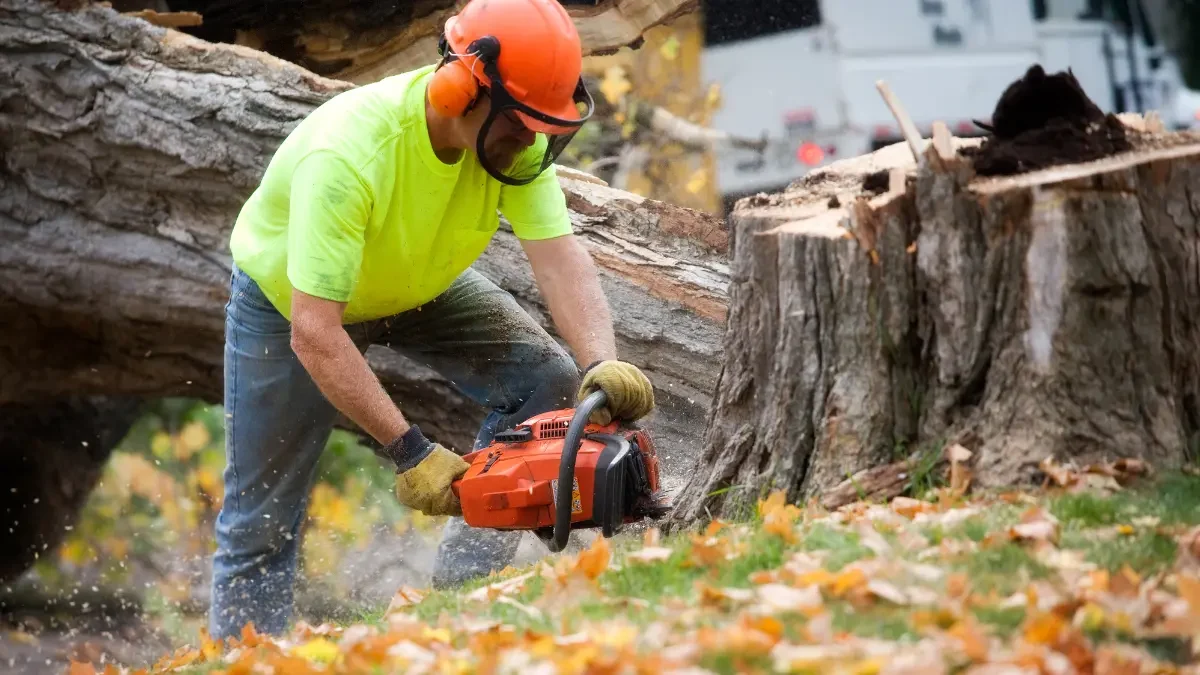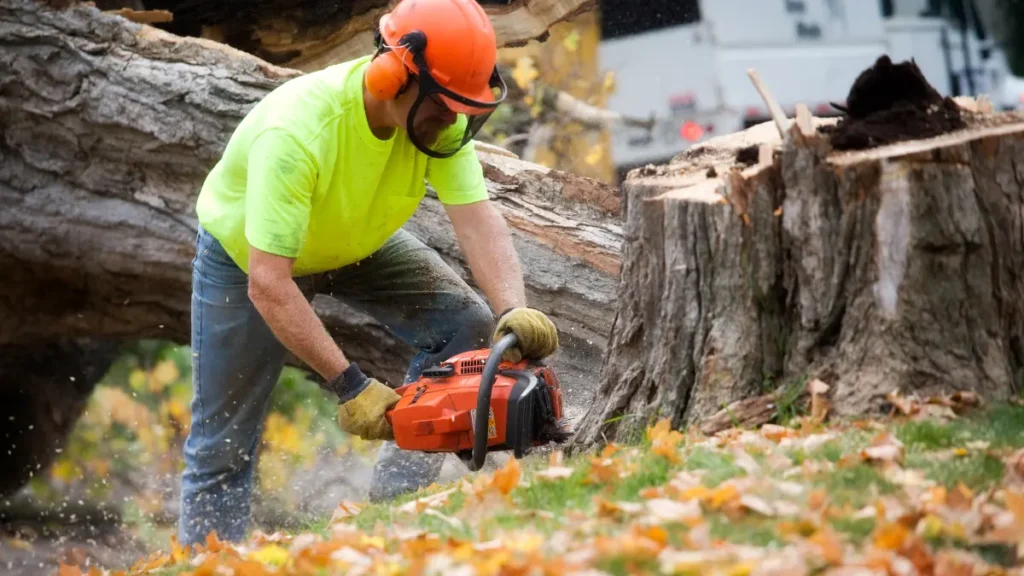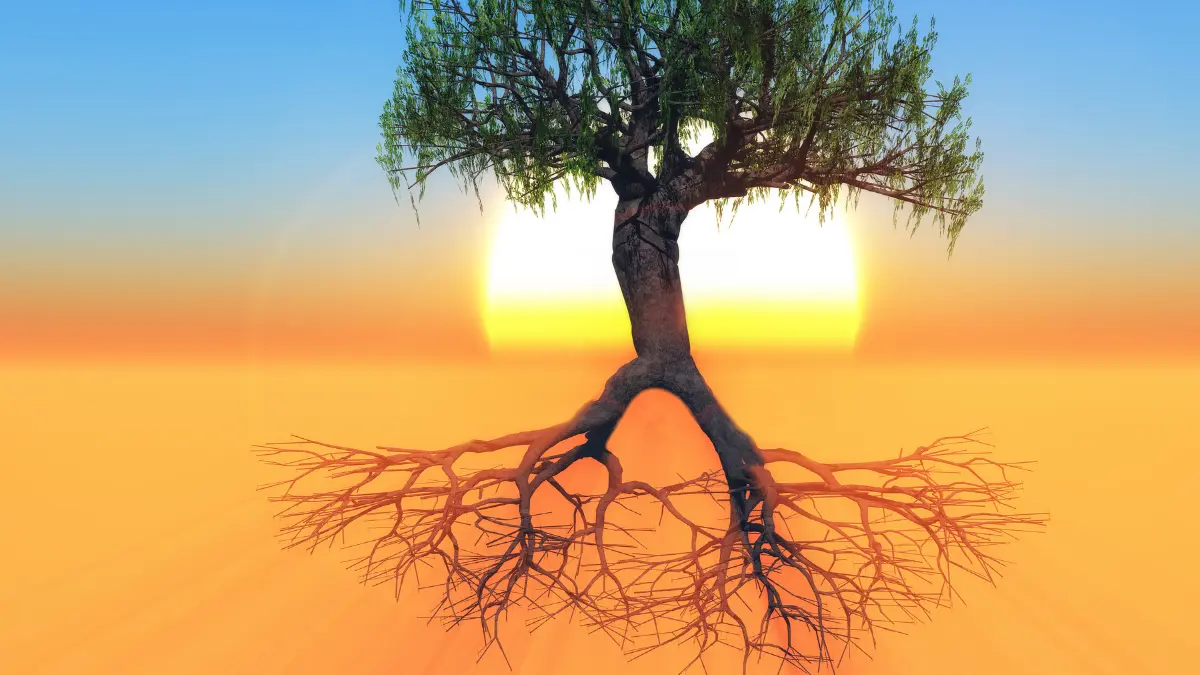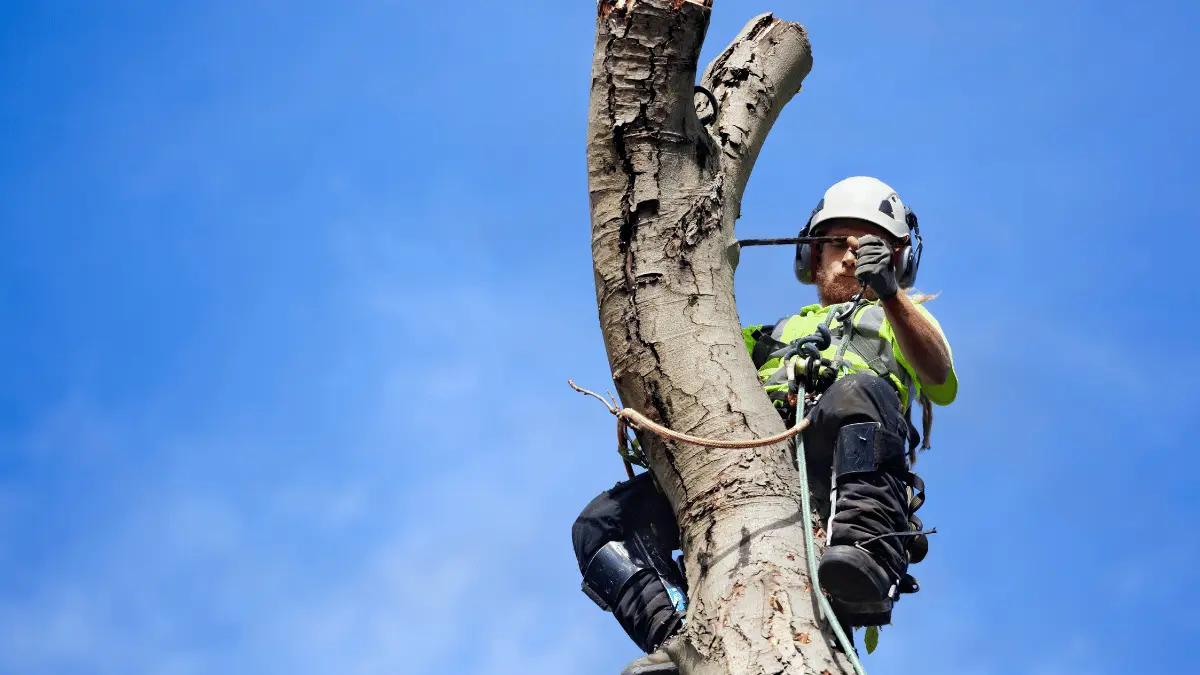Pruning your trees is not only a burden, but it is also an investment you make for your property to be beautiful and safe. In case you are asking yourself which is the best tree pruning method for the Albany climate, then you’re in the right place.
Albany has some peculiar seasons as winters here are rather cold and summers hot and rather humid; therefore, the specific care of a tree has to be paid much attention to. Being aware of the pruning strategies suitable in this area will not only ensure your trees remain beautiful but will also protect them against the risks of diseases, storms, and so on.
This guide will teach you everything you need to know about tree pruning methods in Albany, including the factors to consider and the proper tree care techniques. Tree care about ornamental trees and giant oaks will also propose a different approach that will make a considerable difference.At this point, let us dive into things and find out how to be sure of the tree pruning strategies that the homeowners of Albany can rely on to guarantee the long-term health of the trees.
Why Tree Pruning Matters in Albany's Climate
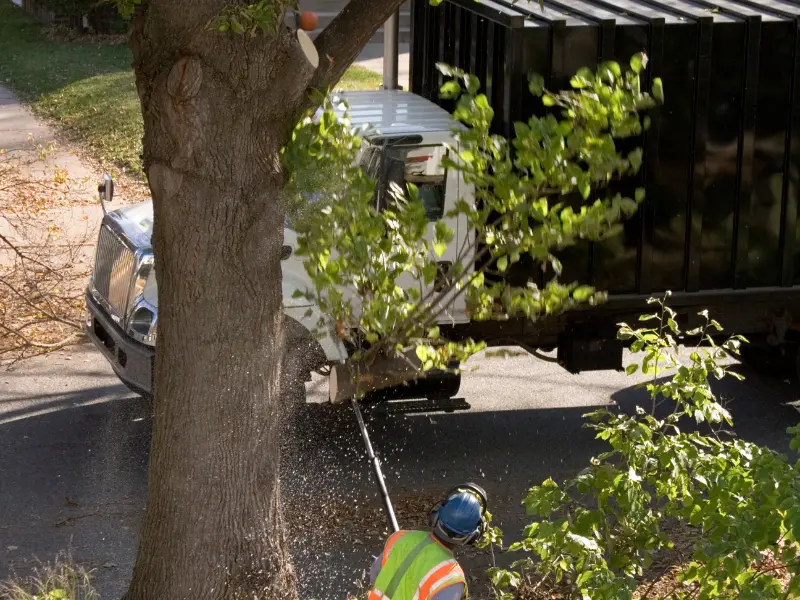
Albany is a seasonal area, and that implies that your trees have to live through a variety of weather conditions throughout the year.
It is a cold and snowy environment in winter, and warm, at times humid, in the summer seasons, according to weatherspark.
These temperature changes may stress your trees if they are not properly cared for.
This is why pruning is a necessity:
Train trees to withstand snow loads: Fragile branches may snap due to the weight of the snow.
Slows the progression of the disease: With the right cuts, it is possible to avoid fungal growth during the rainy season.
Tree Pruning Basics: It Is Not All About Simply Chopping Branches

Most of the time, when anyone thinks of pruning trees, they imagine someone who is chopping haphazardly away with pruning shears. However, sound pruning is a tactical activity that involves knowledge:
- The nature of the tree
- The trend of its growth
- Seasonal changes
- What is wanted (health, shape, or safety)
A well-executed pruning process improves the tree’s natural beauty and health. Pruning can stress or even kill a tree if done incorrectly.
Due to this, expert tree care methods are highly beneficial in areas like Albany, where the environment has a significant impact on plant health.
Methods of Perfect Pruning Trees in Albany Weather
That being said, now we understand why pruning is important, it’s time to deconstruct the tree pruning strategies that apply best in Albany:
- Crown Thinning
Function: Enhances air movement and the flow of light.
In crown thinning, the weight on limbs is reduced by selective removal of branches, and the inner branches are made to receive sunlight. This curbs the occurrence of fungus, which is prevalent in Albany during the summer due to humidity.
When to Apply: Utmost suitable to apply late winter or spring before new growth.
- Crown Reduction
Purpose: Regulates the height and size of the trees in general.
When a tall tree develops, crown dipping prevents these trees from interfering with poles or power lines. It also minimizes the surface area of the tree that is prone to intense winds, making it safer in stormy winters in Albany.
When to Use: Should be planted at the beginning of spring or when the danger of getting hard frost is past.
- Deadwooding
Purpose: It removes dead, dying, diseased branches.
Dead branches are not disastrous, as they may break during storms or under the weight of snow. Their removal enhances the beauty of a tree and gets hazards out of harm’s way from your home.
When to Apply: You can apply all year round, but it is best used in the winter when the tree is dormant.
- Crown Lifting (Raising)
Removal of the lower branches: To clear the branches.
In cases where you need to enhance visibility or clearance for a pedestrian or a vehicle, the process to use is crown lifting. It is also helpful to raise the plant air traffic of shrubs or lawns at the base of the tree.
When: The practice is most effective when done on younger trees to stimulate growth upward.
- Structural Pruning
Purpose: Defines the young trees to long-term strength and balance.
Structural pruning is critical in the case of homeowners planting new trees in Albany. Early intervention in tree development causes them to develop strong central leaders and evenly spread limbs, which is imperative when it comes to heavy snow and winds in the future.
Best time to apply: Deciduous trees in late winter or early spring.
Albany Seasonal Tree Pruning Schedule
Season | Methods | Advantages |
Winter | Major pruning is done Structural shaping pruning | Falling dormant trees will heal quicker, and there will be a decrease in pests/disease. |
Spring | Crown shaping, thinning of the light Prime trees during the summer season | Crown shaping, thinning of the light Prime trees during the summer season |
Summer | Remnant of eroded branches, small cuts | Keep proliferation in check and control the spread of the disease |
Fall | Do not prune severely (with the exception of deadwood) | Probability of rot, less easy recovery before winter |
Adherence to this seasonal practice facilitates the implementation of pruning strategies that are compatible with the climate in Albany.
Why Tree Pruning Matters in Albany's Climate
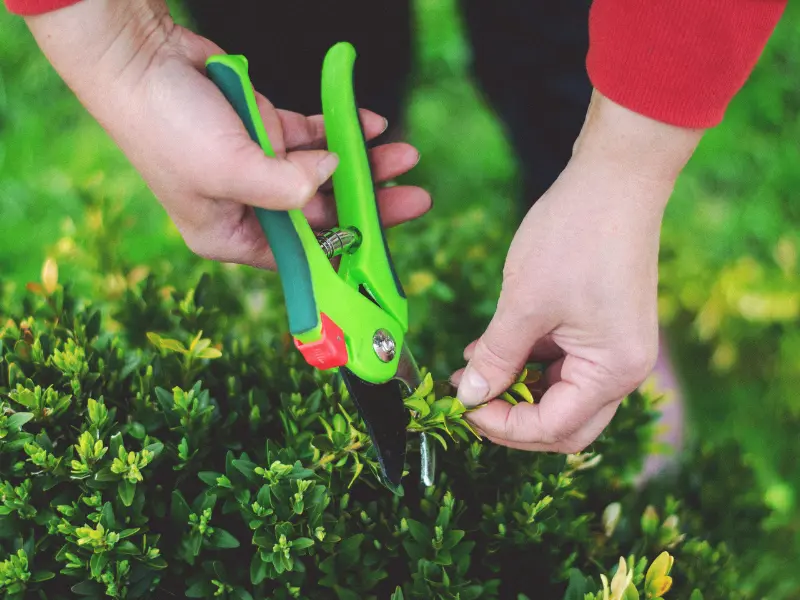
It is essential to employ the correct pruning strategies that Albany residents trust, and it is also crucial to know when not to use them.
Over-Pruning
Cutting a lot of foliage at a single time has the potential to shock the tree, particularly in the pre-winter time.
Improper Cuts
Stubbing or removing too close to the trunk is asking for trouble in the form of disease and pests.
Topping Trees
By topping off the tops of trees, this hampers the entire structure of the tree itself, as well as destroying the natural form of the tree.
That is why it is essential to utilize a professional service, such as KD Tree Services. To prevent such errors, we employ the tried-and-tested methods of tree care that maximize the improvement of tree health.
Professional vs. DIY: Why Professional Help Is Important
Although pruning a small decorative tree appears to be an achievable task, older or bigger trees need special skills. The strategies involved in pruning vary according to the species, the site, and the need.
- This is why contacting such professionals as KD Tree Services is a smarter option:
- Risk: Power tools and climbing on rooftops or live wires are not safe.
- Knowledge: We are aware of disease symptoms or infestations that others may not notice.
- Efficiency: We work more efficiently to keep your yard clean, ensuring it remains spotless and pristine.
The professionals in Albany help to save you from dangerous self-pruning errors and regularly save you money repairing storm damage in the future.
Advantages of Appropriate Tree Pruning Technique
Several benefits result from selecting the most suitable manner of tree pruning in the Albany climate:
- Trees that are healthier with improved growth formations
- Reduced chances of damage to property when storms hit it
- Better curb appeal that boosts the value of the property
- Extended tree life and fewer chances of diseases
Contact Us
To ensure quality pruning of trees in Albany, you can always call the professionals who have your trees at heart, just as you possess them.
Get your free consultation today !!
Visit kdtreeservices.com
Call (518) 625-TREE
FAQ
Q: How frequently do I need to prune my trees in Albany?
The majority of the trees can be checked annually and pruned every 23 years, depending on the type and the well-being of the tree species.
Q: Is winter the best time to prune in Albany?
Yes! Late-winter pruning, conducted before any spring growth, promotes vigorous healing and a reduced risk of pest exposure.
Q: Is it possible to have unshapeliness to the point of death of my tree?
Alas, yes. Excessive pruning or poor cuts may leave your tree wide open to maladies as well as structural vulnerability.
Q: Are there variances in pruning practices on fruit trees?
Absolutely. Fruit trees need special pruning to enhance the production of healthy fruit, and this is normally done during late winter.



